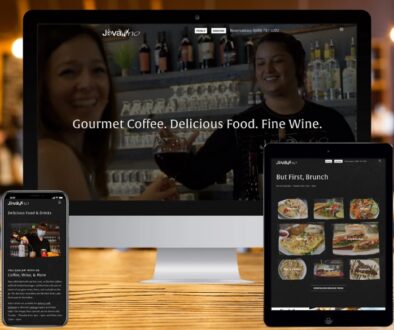Your Facebook Fans are Seeing Fewer Posts
Five weeks after Facebook revamped what users see when they visit the site, the verdict is in on the implications for brands and their messages: Reach is up but frequency is down, or so it would go in conventional media parlance.
Facebook’s changes, announced at its F8 Developers Conference last month, appear to have boosted brands’ visibility among more of their fans but decreased the frequency with which a brand’s fans see its messages, according to a study of more than 300 brand pages by analytics firm PageLever. In what should be considered good news, the new layout has substantially increased fan interactions with brands.
“Facebook is showing you to more people but less often per person,” said Jeff Widman, co-founder of PageLever. “I would say it’s actually much better for brand pages now. As a marketer, I’d totally rather reach more people every single day” than the same people more often.
As marketers increase their reliance on Facebook for messaging, they’re subject to the effects of its frequent algorithm and layout changes. The data is a reminder that those changes have quantifiable effects on how their messages get distributed and who sees them. And those considerations will be even more critical to marketers who heed Facebook Chief Operating Officer Sheryl Sandberg’s recent call to focus on reaching people within Facebook’s platform.
“The number of people who are your Facebook friends massively dwarfs the number of people who visit your website,” Ms. Sandberg said at the recent Association of National Advertisers annual meeting. “So … why continue to build as many microsites as we do when we know it’s so much easier to reach people where they already are?”
The PageLever data is based on a study of 300 brand pages with between 100,000 and 1 million fans over two time periods—Sept. 1-15 and Oct. 1-15. Facebook implemented its most recent changes on Sept. 22.
Among the changes: a constantly updating “Ticker” of news, changes to the layout of the “Top Stories” feed generated by Facebook’s EdgeRank algorithm, and the addition of time-based “Recent Stories” below Top Stories. Facebook also now allows users to influence what they see by marking — or unmarking — posts as Top Stories. Another aspect of the F8 changes, the rollout of the Timeline to replace the current Facebook profile, has yet to begin broadly yet; it’s less clear that it will have much effect on brand pages.
PageLever found total fan views of brand updates fell modestly — 0.4% on average — per brand page among the 300 pages studied. Yet unique views, which factors in how many individuals saw brand news, rose a fairly dramatic 24%.
News from brands themselves appears to fare much better under the new Facebook regime than news from fans or their friends about brands. Total views of comments from fans or their friends about brand news plummeted 50% post F8 among the 300 pages studied by PageLever. Unique views of those stories created by fans fell 26%.
Both drops are surprising given that the actual number of stories or comments from fans or their friends surged 18% in the period after F8, part of a broader increase in Facebook user interaction with brands. In net, that suggests the revised EdgeRank algorithm gives such fan and friend interactions with brands little visibility in newsfeeds.
The good news for brands is that fan interaction is up broadly after Facebook’s recent changes, Mr. Widman said. The Ticker, where some brand activity appears alongside that of users’ friends, has dramatically increased fan clicks or “likes” on brand content-up 152% for a 15-day period after the F8 changes compared to a 15-day period before the changes. However, that increase comes from a relatively small number of fans, since the number of unique users clicking on brand content is only up 20%.
The data suggests either the Ticker is appealing only to a small segment of brand fans but getting them to click a lot more, or that, since the Ticker has yet to roll out to all Facebook users, even more clicks will come for brands in the future.
In terms of other types of fan engagement beyond simple clicks to view items, the number of comments rose 5%, the number of “likes” on brand news items rose 15%, and the number of fan wall posts on brand pages rose a modest 3% since F8.
Data is mixed on whether the F8 changes are affecting brand fan acquisitions. Among the 300 pages PageLever studied, daily fan growth fell to 0.22% after F8 compared to 0.28% before it. A separate analysis by DBM/Scan, a database marketing tracking firm, found the growth rate for likes was up for 11 of the 20 largest Facebook fan pages, down for seven and about the same for two comparing the same two periods as PageLever in early September and early October.



